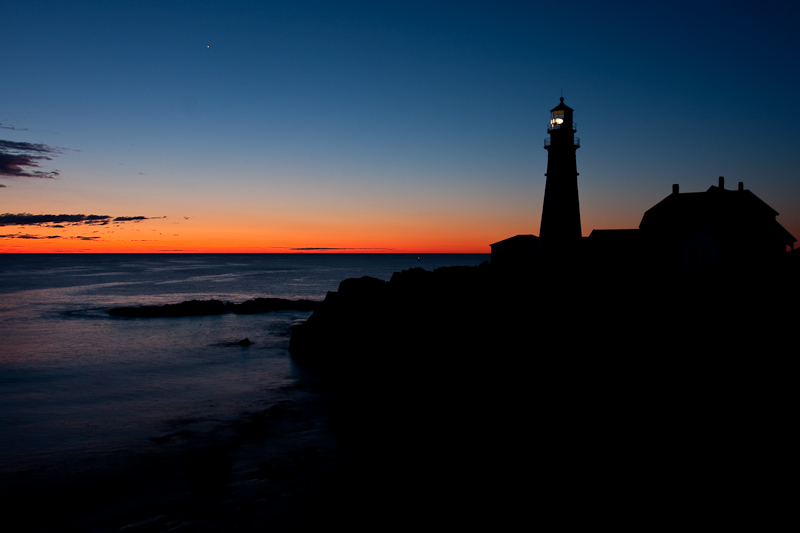By Amorina Kingdon.
Lighthouse keeping is not for the faint-hearted. Keepers live in isolation, endure violent storms, and must be ready to respond to the occasional shipwreck. They have to be self-sufficient, handy, happy with their own company, and comfortable with heights. Still, today’s “wickies” have all the mod cons compared to their predecessors. Early lighthouse attendants often faced particular risks of much greater magnitude. Here are five of those historical hazards.
Fire and Lead
Until the invention of the light bulb, the “light” in a lighthouse usually came from a flame. If the fire escaped control, catastrophe could quickly ensue, which is what happened at Eddystone Rocks off England’s south coast in 1755. The lighthouse there at the time had a structure of pitch-coated wood and a lead roof. Henry Hall, the 94-year-old lighthouse keeper, discovered that a spark, probably from a candle in the lantern, had flown up and ignited the top of the tower. As Hall looked up to throw a bucket of water on the blaze, a stream of molten lead from the roof poured down his face and throat. Incredibly, Hall survived for 12 days. When he died, the autopsy revealed his stomach contained 200 grams of solid lead.
The Perils of Rescue
Ida Lewis, the daughter of a lighthouse keeper at Lime Rock in Newport, Rhode Island, became famous for her rescues in the late 19th century and was dubbed “the bravest woman in America.” She made most of the rescues by herself in a rowboat, which she had learned to row while ferrying her siblings to school on the mainland 200 meters away. Lewis made her first rescue as a teenager, when she rushed out to save four boys whose boat had capsized, hauling them over her rowboat’s stern.
Read more at hakaimagazine.com.

